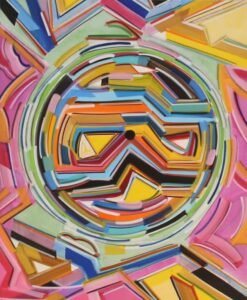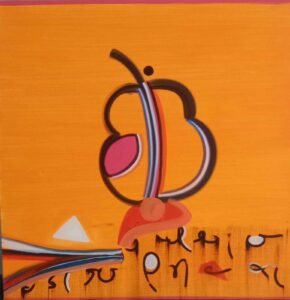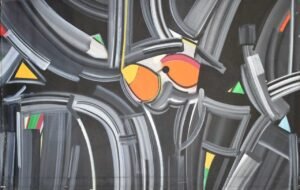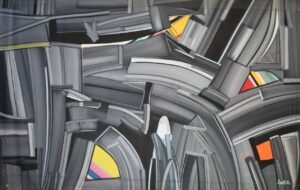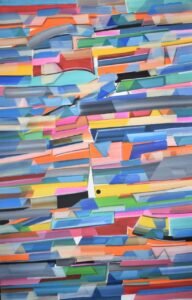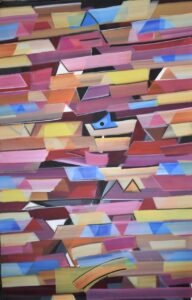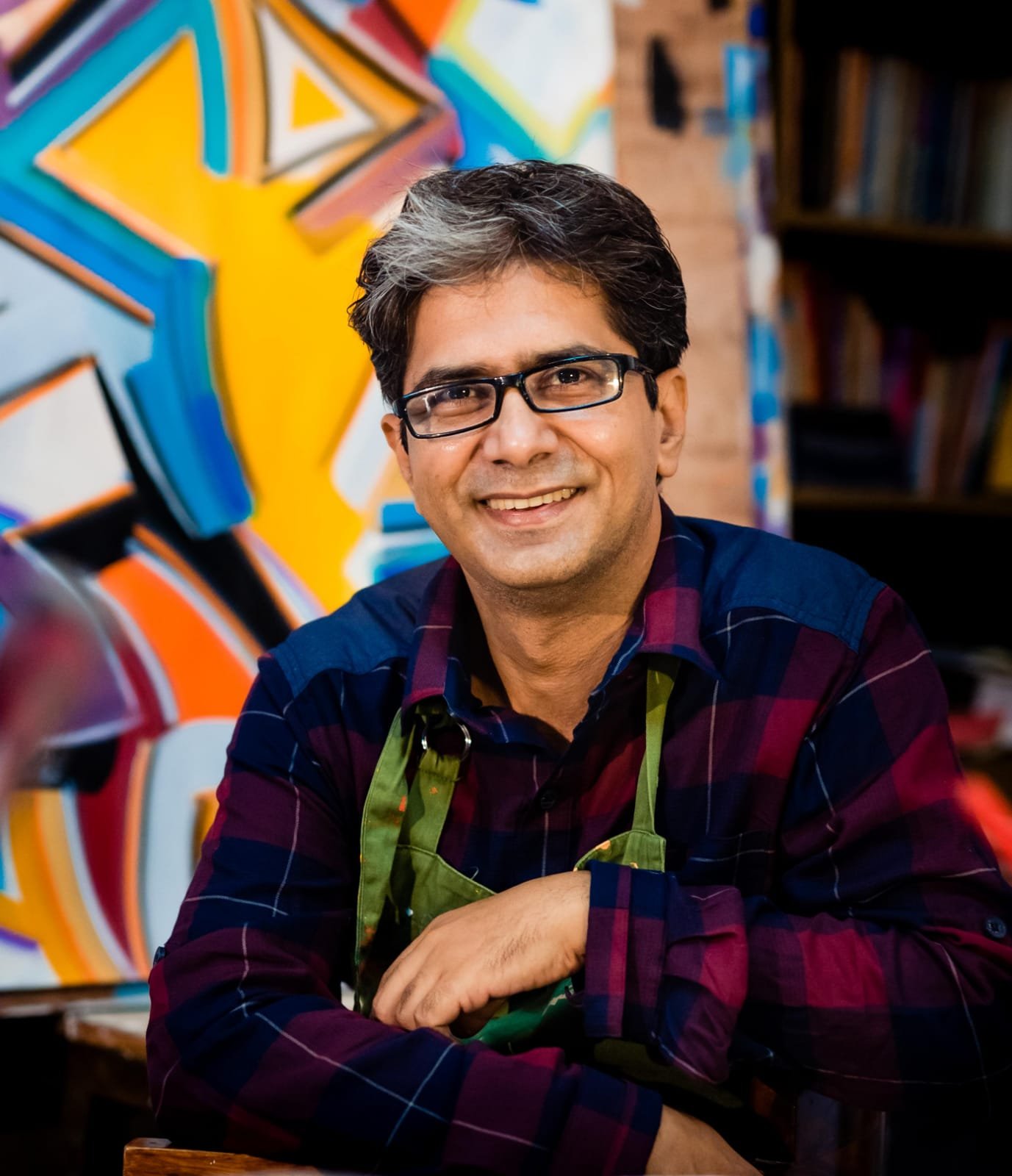
Amit Kalla
February 7, 1980
Currently Pursuing a Ph.D. on “Spiritual Symbolism and Semiotics in Indian Abstract Paintings” at Vivekanand Global University
Amit Kalla, born in Jaipur, Rajasthan, is a distinguished poet and painter whose work seamlessly integrates art and scholarship. His artistic journey, influenced by travels across Australia, China, Turkey, and beyond, reflects a profound engagement with global cultural and artistic diversity. Kalla is known for his abstract art, rich in spiritual and semiotic depth. His art explores spirituality and humanity, blending personal introspection with universal connection. His calligraphic paintings evoke a silent dialogue, transcending literal representation to offer fragments of an ongoing journey. The tension between detachment and assurance creates a quiet intensity, capturing complex inner experiences. His work invites creativity, empowering individuals and fostering community connection. Kalla’s quest for an indigenous voice transcends traditional motifs and fixed identities, reflecting the innermost dramas of his culture while maintaining timeless universality, where personal and cultural identities merge.
Kalla holds a Master’s in Art and Aesthetics from Jawaharlal Nehru University, a Master’s in Drawing and Painting from Rajasthan University and a specialization in ancient Indian art from the National Museum Institute. He is currently pursuing a Ph.D. on ‘Spiritual Symbolism and Semiotics in Indian Abstract Paintings’ at Vivekananda Global University.
Throughout his career, Kalla has received numerous accolades, including the Jnanpith Young Poet Award for his debut poetry collection Hone Na Hone Se Pare and the Mark Rothko Residency Award in 2022. He has published four acclaimed poetry collections and participated in over 150 group exhibitions and 14 solo shows worldwide, including prestigious events like Art Singapore and the OzAsia Festival. His experimental approach allows his work to transcend traditional representations of Indian identity, delving into profound cultural, universal, and personal narratives. Whether through his introspective paintings or poetry, Kalla continues to push artistic boundaries, reflecting the evolving cultural and economic landscape of New India.

